Last Updated on January 20, 2023 by Mohamad Izwan
Anatomy of Cerebral Artery
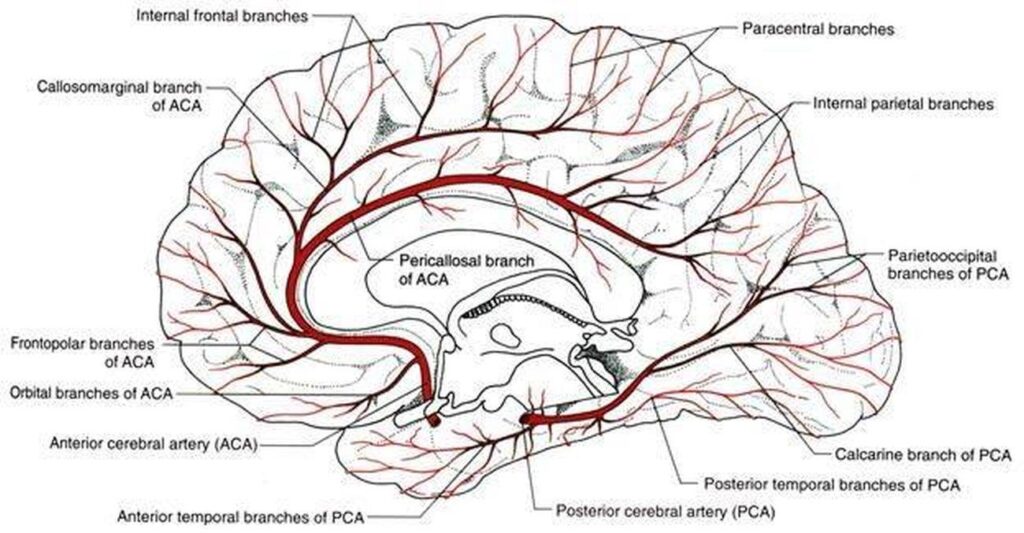
Image taken from Healthiack.com
Appearance of Cerebral Artery in Neuro DSA CT Image
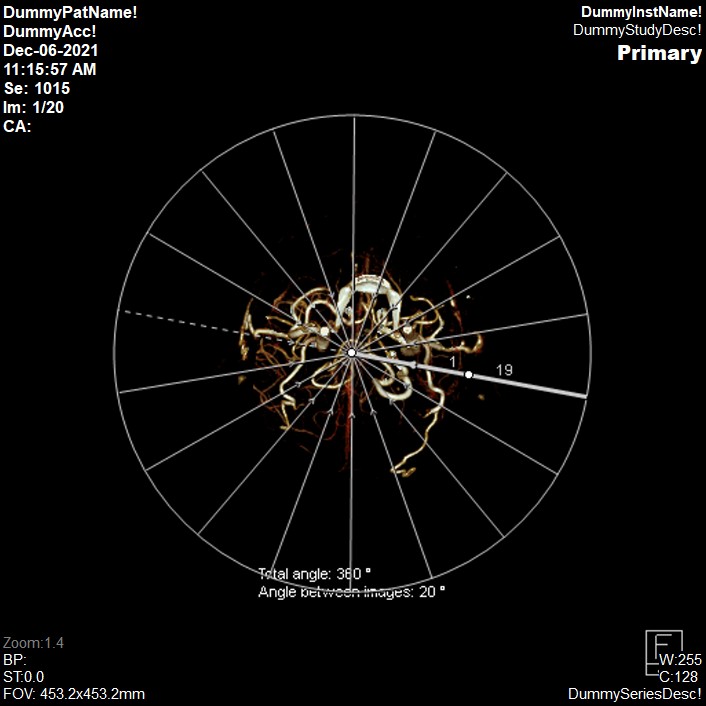
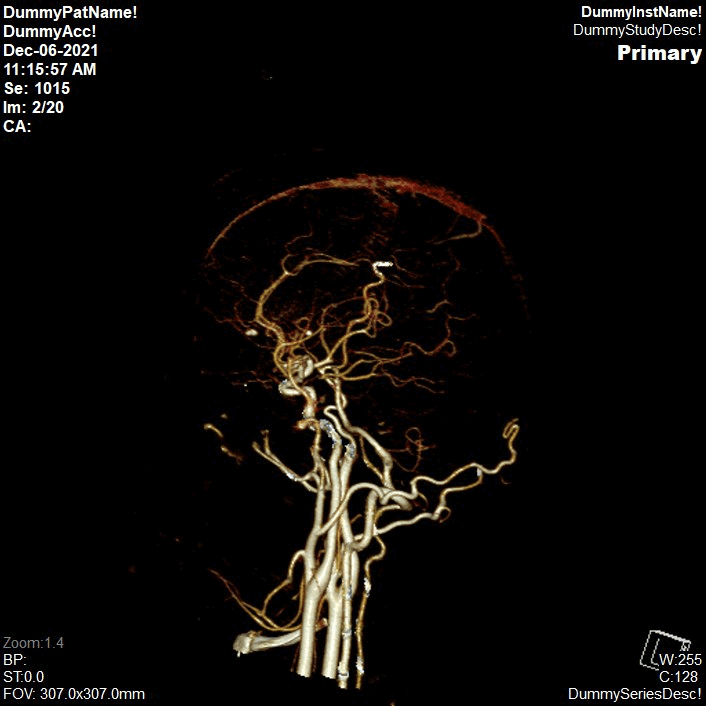
Protocol Structure
00_NeuroDSACT (Adult)
- Topogram (AP)
- Topogram (Lateral)
- Non contrast
- PreMonitoring
- Monitoring
- HeadAngio
Patient Orientation Registry in System
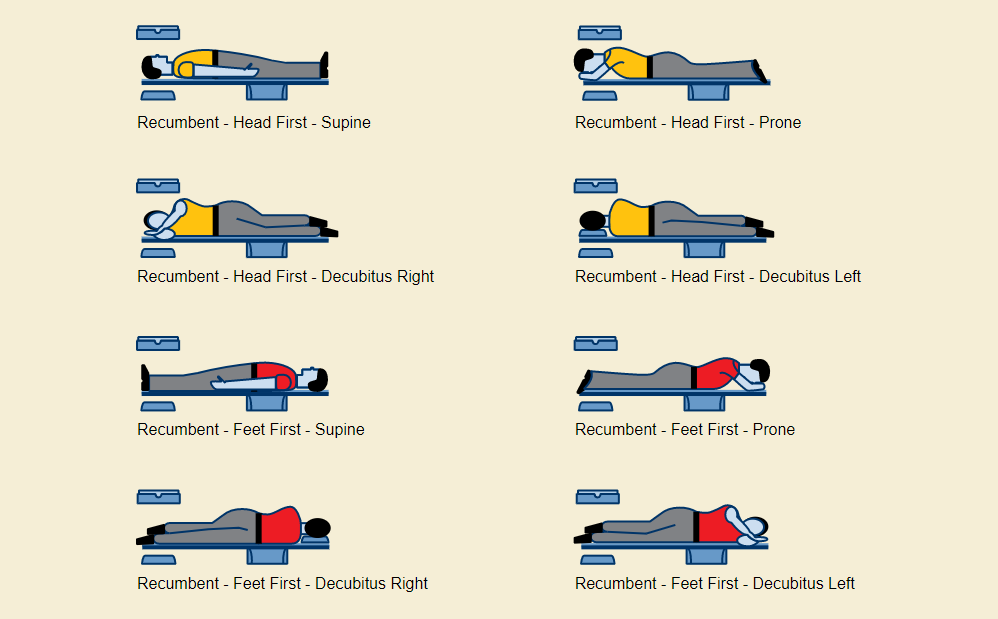
- Set the orientation patient in system : Head First – Supine
Topogram
- Position the patient in head first supine position.
- Placed the patient’s head inside the head holder and properly strap the head and chin.
- Align the patient in Mid-Sagittal plane of the table.
- Position the transverse laser light beam 1 cm above the patient’s skull vertex to start the topogram.
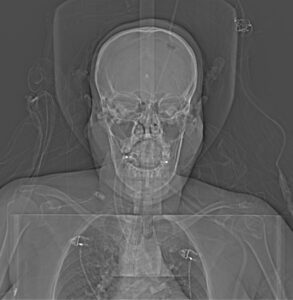
Topogram AP
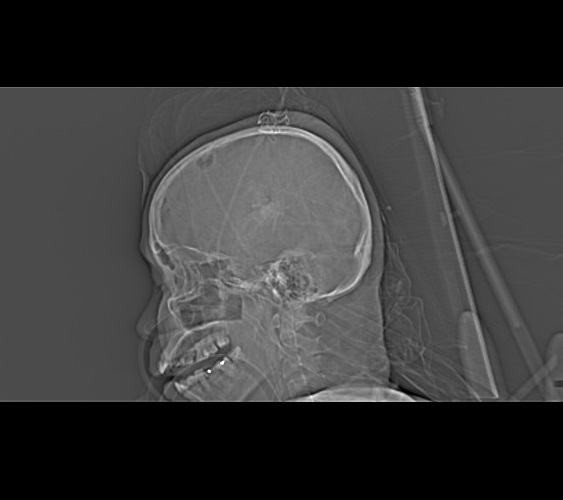
Topogram Lateral
Topogram Parameters
Topogram (AP)
- Topogram length: 512 cm
- Slice: 0.6 mm
- Scanning direction: Craniocoudal
- Tube position: Top
- Stop the topogram scanning when the scanning reach / pass over the arch of aorta
Topogram (Lateral)
- Topogram length: 256 cm
- Slice: 0.6 mm
- Scanning direction: Craniocoudal
- Tube position: Lateral
- Stop the topogram scanning when the scanning reach / pass over the base of skull
Non Contrast
- Activate the Lateral topogram image.
- Plan the Scan FOV (SFOV) box at topogram image
- Set the top line above the vertex.
- Set the bottom line below the base of skull.
- Ensure the lateral line to cover patient’s facial bone and back of skull.
- Activate the AP topogram image.
- Ensure the SFoV include the region of interest.
Scanning Parameters
- kVp:
- mAs: Tube Current Modulation (TCM)
- Scanning Direction: Caudocranial
- Scan Delay: 2 s
- Slice: 0.6 mm
- Image Comment: Non Contrast
- Pitch: 1.2
- Gantry Angulation: ZERO (No Angulation)
Reconstruction of Non Contrast
Pre-Monitoring / Contrast Trigger
- Activate the AP topogram image.
- Place the scan planning line at the level of aortic arch.
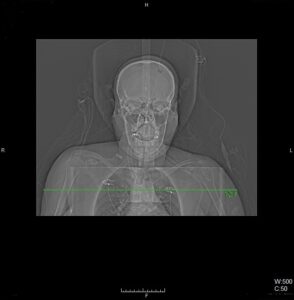
Scanning Parameters
- kVp: 120
- mAs: 20
- Scanning Direction: Caudocranial
- Scan Delay: 2 s
- Slice: 10.0 mm
- Image Comment: –
- Pitch: –
Contrast
Type of contrast used:
- Non-ionic iodinated contrast media
- Preferrable: 370 I mg/mol
Needle Placement Test:
- Flow Rate: 5.5 ml/sec
- Volume of Normal Saline: 40 ml
Contrast Injection:
- Volume of Contrast Media: 50 ml
- Volume of Normal Saline: 50 ml
- Method of injection: Contrast Injector
- Flow Rate:
- Contrast: 5.0 ml/sec
- Normal Saline: 5.0 ml/sec
Post Contrast Scan Planning
Monitoring
- Single click on the pre-monitoring image
- Single click again to activate purple circle for triggering
- Drag and drop the circle inside the aortic arch region
- Click TRIGGERING tab
- Set the Hounsfield Unit value to 50
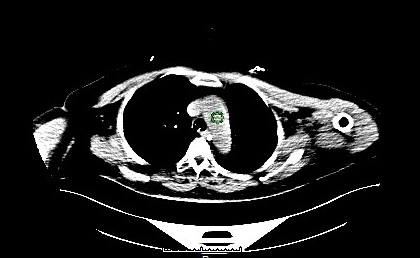
Setting the ROI circle for triggering
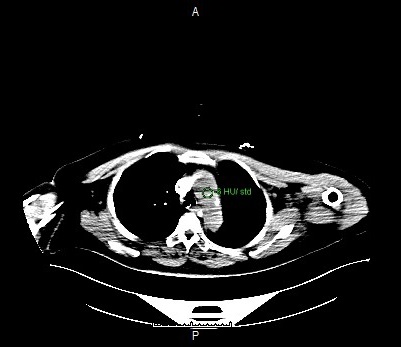
Contrast triggering start
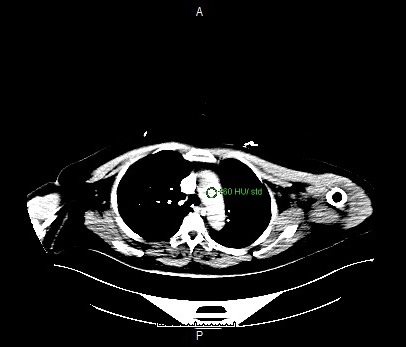
Contrast HU reached the trigger value
Scanning Parameters
- kVp: 120
- mAs: 20
- Scanning Direction: Caudocranial
- Scan Delay: 2 s
- Slice: 10.0 mm
- Image Comment: –
- Pitch: –
HeadAngio
- DO NOT TOUCH OR ADJUST ANYTHING ON THIS TAB
- THE SYSTEM ALREADY FOLLOW THE NON-CONTRAST SETUP
- JUST PROCEED THE SCANNING
Scanning Parameters
- kVp: 80
- mAs: Effective mAs
- Scanning Direction: Caudocranial
- Scan Delay: 2 s
- Slice: 4.0 mm
- Image Comment: –
- Pitch: –
- Gantry Angulation: ZERO (No Angulation)
Reconstruction of Head Angio
Multiplanar Reconstruction (MPR)
N/A
Siemens SyngoVia 3D Rendering
Volume Rendering Technique
- Circle of Willis
- Radial Ranges
- Rotate: 19 images
- Tumble: 19 images
Open with ‘CT neuro DSA’.
Rotate and punch.
Select ‘Edit Bones’.
Locate and mark the area that was cut along the vessel.
Open ‘Range Tools’ choose ‘Radial Range’
Radial Range:
Number of images = 19 (lock)
Angle between images= 19
Orientation:
Start from AP view. Then click ‘Start’
Save as VRT CTA Brain

Series of Images Send to PACS
- Topogram AP
- Topogram Lateral
- DSAnc Non Contrast 0.6 H10f
- HeadAngio 4.0 H20f
- DSA HeadAngio 0.6 H10f
- NeuroDSA_CTA (Syngo Workstation)
- VRT CTA COW Rotate
- VRT CTA COW Tilt




